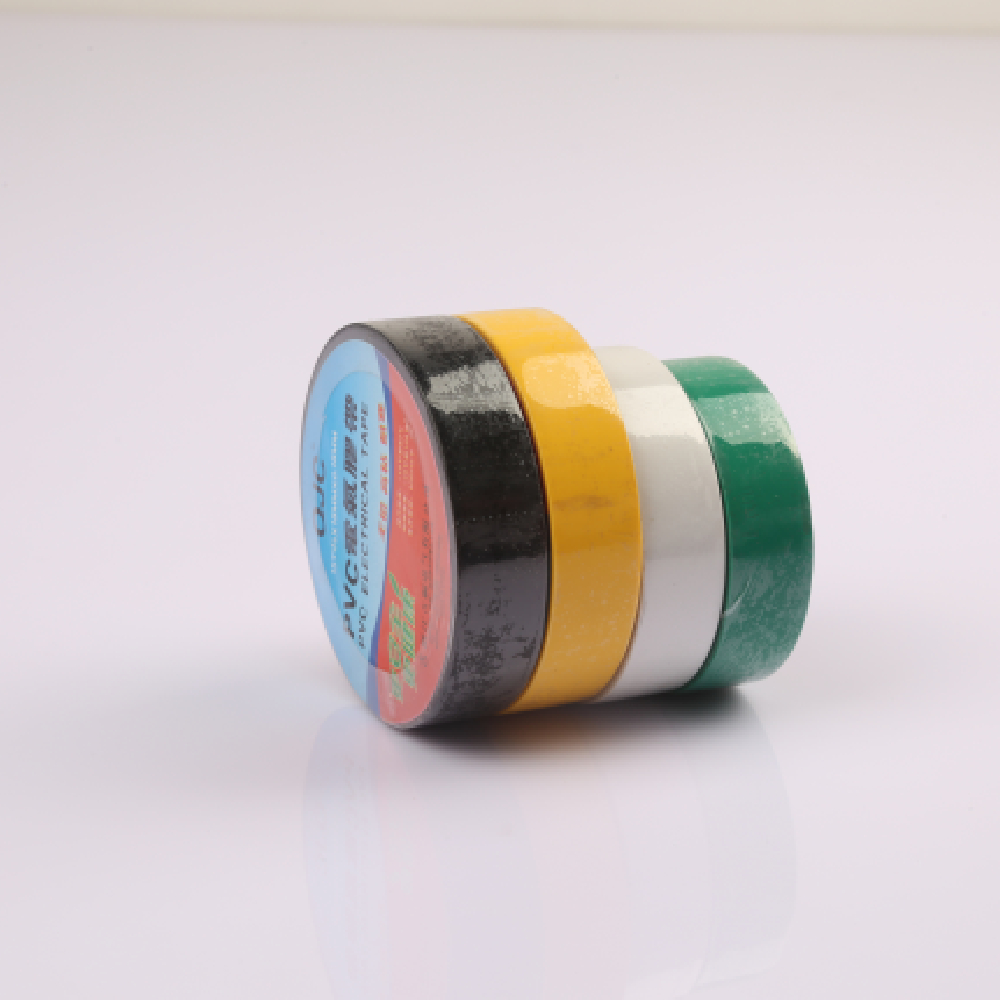The Versatility and Importance of Electrical Splicing Tape
In the world of electrical engineering and maintenance, the tools and materials we use can significantly impact the efficiency and safety of our projects. Among these, electrical splicing tape is a vital product that plays a crucial role in various applications, from joining wires to insulating connections. This specialized tape, designed specifically for electrical purposes, offers distinct advantages over regular adhesive tapes, making it an essential item in both professional and DIY settings.
What is Electrical Splicing Tape?
Electrical splicing tape is a type of pressure-sensitive tape that is typically made from PVC (polyvinyl chloride) or other rubber-based materials. Its primary purpose is to insulate and protect electrical connections, ensuring that these connections maintain their integrity and do not lead to electrical hazards. This tape is characterized by its excellent insulating properties, resistance to moisture, and ability to withstand various environmental conditions.
One of the defining features of electrical splicing tape is its ability to stretch and conform to different shapes, enabling a secure grip around wires, cables, and other electrical components. Unlike duct tape or general-purpose tapes, electrical splicing tape meets specific standards and regulations, ensuring that it is safe for electrical use.
Applications of Electrical Splicing Tape
Electrical splicing tape is utilized in a myriad of applications across different sectors. In the electrical industry, it is primarily used for
1. Wire Splicing When connecting two wires, electrical splicing tape provides a reliable method to insulate the spliced area, preventing short circuits and ensuring a stable connection.
electrical splicing tape

3. Cable Bundling Electrical splicing tape can efficiently bundle multiple cables together, reducing clutter and making installations cleaner and more organized. This improved organization also facilitates easier maintenance and troubleshooting.
4. Heat Resistance Many variants of electrical splicing tape can withstand high temperatures, making them ideal for applications in motors, transformers, and other electrical equipment that generate heat.
5. Color Coding Electricians often use colored electrical splicing tapes for color coding wires and cables, which helps in easy identification during installation or repairs. This can drastically reduce the risk of mistakes in complex wiring systems.
Why Choose Electrical Splicing Tape?
The advantages of using electrical splicing tape over standard tapes are numerous. First and foremost, its specialized composition ensures that it provides better insulation and protection against electricity. It can handle different levels of voltage, making it suitable for a range of electrical projects from residential wiring to industrial applications.
Moreover, electrical splicing tape is designed to endure varying environmental conditions, including moisture and extreme temperatures. This resilience ensures longevity, particularly important in applications where repairs or replacements might be difficult.
Another critical aspect is the ease of application. The tape’s flexibility allows it to conform to irregular shapes and tight spaces, ensuring complete coverage without gaps. This characteristic is particularly beneficial in reaching awkward areas in electrical installations or repairs.
Conclusion
In summary, electrical splicing tape serves as a foundational tool in electrical work, providing essential insulation and protection for electrical connections. Its versatility makes it indispensable in various applications, whether in commercial settings or home projects. By understanding the features and advantages of electrical splicing tape, professionals and DIY enthusiasts alike can enhance the safety and reliability of their electrical systems. Investing in high-quality electrical splicing tape is a small but significant step towards ensuring the longevity and effectiveness of electrical installations, ultimately contributing to safer working environments and more efficient electrical systems. So the next time you embark on an electrical project, remember to stock up on this indispensable tool—it might just make all the difference.
-
XIANGFAN Rubber Tape-Ultimate Solutions for All Your Insulation NeedsNewsJun.24,2025
-
XIANGFAN Rubber Tape-Protection for Industrial and Residential ApplicationsNewsJun.24,2025
-
XIANGFAN Rubber Tape: Superior Safety and Sealing for Demanding EnvironmentsNewsJun.24,2025
-
XIANGFAN Rubber Tape: Reliable Solutions for Every Electrical ChallengeNewsJun.24,2025
-
XIANGFAN Electrical & Industrial Tape: Powering Reliability Across IndustriesNewsJun.24,2025
-
XIANGFAN Electrical & Industrial Tape: Excellence in Every ApplicationNewsJun.24,2025
